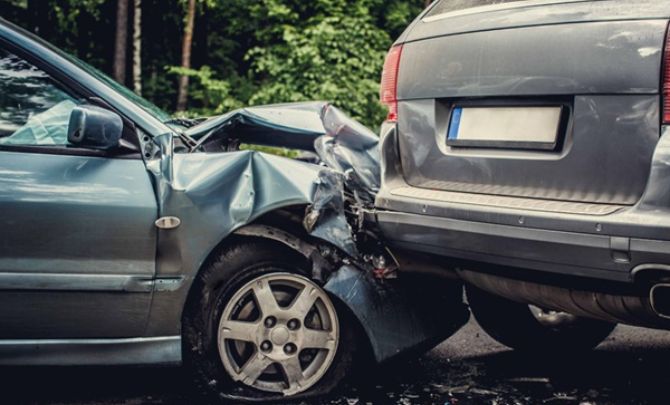Accidents can happen in the blink of an eye. One moment you’re driving calmly, and the next, someone is trying to squeeze into your lane without warning. Merging accidents may not seem as dramatic as high-speed crashes, but they can still lead to serious injuries.
Every day, drivers deal with merging lanes, whether on highways, during rush hour, or in heavy traffic. These situations often demand quick decisions and sharp focus. But when someone misjudges space or speed, the result can be painful and costly.
What makes these crashes particularly tricky is the legal implications of merging accidents. Who was at fault? Who had the right of way? These questions are not always easy to answer.
For victims, it’s not just about physical pain. There’s also the emotional stress, vehicle damage, medical bills, and sometimes, a long legal process. And in a busy city or a packed freeway, a merging mistake can lead to a chain reaction involving multiple cars.
Let’s take a closer look at the most common injuries people suffer in these types of accidents and why you should never take a merging crash lightly.
1. Whiplash and Neck Injuries
Whiplash is one of the most reported injuries in merging collisions. It happens when the neck is jerked forward and backward suddenly. Even at low speeds, this motion can strain or tear the muscles and ligaments in the neck. Victims often feel pain, stiffness, headaches, or dizziness shortly after the accident. In some cases, symptoms may not show up until a few days later.
This kind of injury might sound minor, but it can linger for weeks or even months, especially without proper treatment. Neck braces, physical therapy, and pain relief medications are often part of the recovery process.
2. Back Injuries
Back pain is another common complaint after a merging accident. When vehicles collide side-to-side or at an angle, the impact can jolt the spine. This sudden force may cause herniated discs, sprains, or spinal misalignment. Back injuries can make it hard to sit, walk, or even sleep comfortably.
In more serious cases, the damage may require surgery or long-term physical therapy. It’s always smart to see a doctor even if the pain feels minor at first. Back injuries have a sneaky way of getting worse over time.
3. Head and Brain Injuries
Head injuries should never be taken lightly. Even a mild concussion can lead to serious problems if not treated. In a merging accident, your head might hit the steering wheel, window, or seat. Some people may lose consciousness, feel confused, or have trouble remembering things.
More severe cases involve traumatic brain injuries (TBIs), which can affect mood, speech, and motor skills. Recovery from TBIs can be long and frustrating. That’s why it’s essential to get checked out right away, even if you think you’re fine.
4. Shoulder and Arm Injuries
During an accident, many people instinctively brace themselves for impact by gripping the steering wheel tightly. This can lead to shoulder strains, broken bones, or dislocated joints. Side impacts during merging crashes often injure the driver’s or passenger’s arms and shoulders too.
These injuries can affect your ability to work, drive, or even do simple things like lifting groceries. Depending on the severity, treatment might involve rest, slings, or surgery.
5. Cuts and Bruises
While these may seem less serious, cuts and bruises can still cause a lot of pain. Broken glass or contact with the car’s interior often leads to scrapes or deeper wounds. If not properly cleaned and treated, even small cuts can get infected. Deep bruises might also be a sign of underlying injuries like internal bleeding.
Conclusion
Merging accidents might happen in just a few seconds, but their effects can last for weeks, months, or even longer. From neck pain to brain injuries, the physical toll is very real. That’s why it’s important to pay close attention when lanes start to come together. Defensive driving, patience, and awareness can make a big difference on the road.
If you or someone you know has been involved in a merging accident, don’t brush off the pain. Get medical help, document your injuries, and speak with a professional who can guide you through the next steps. Stay safe and always drive smart.
